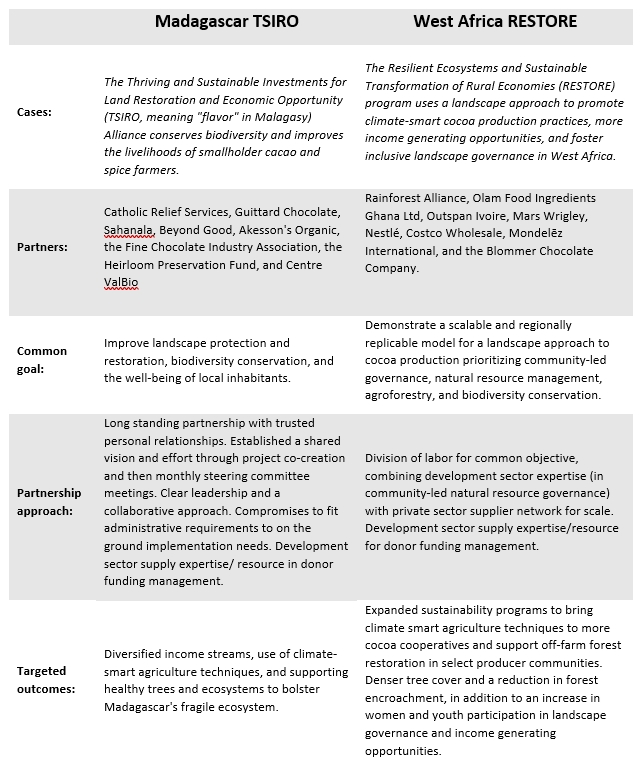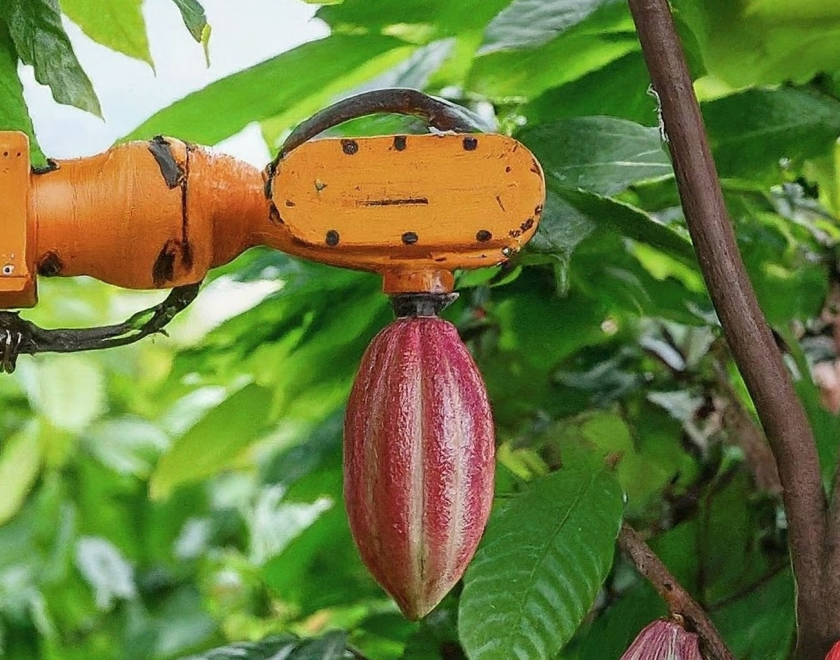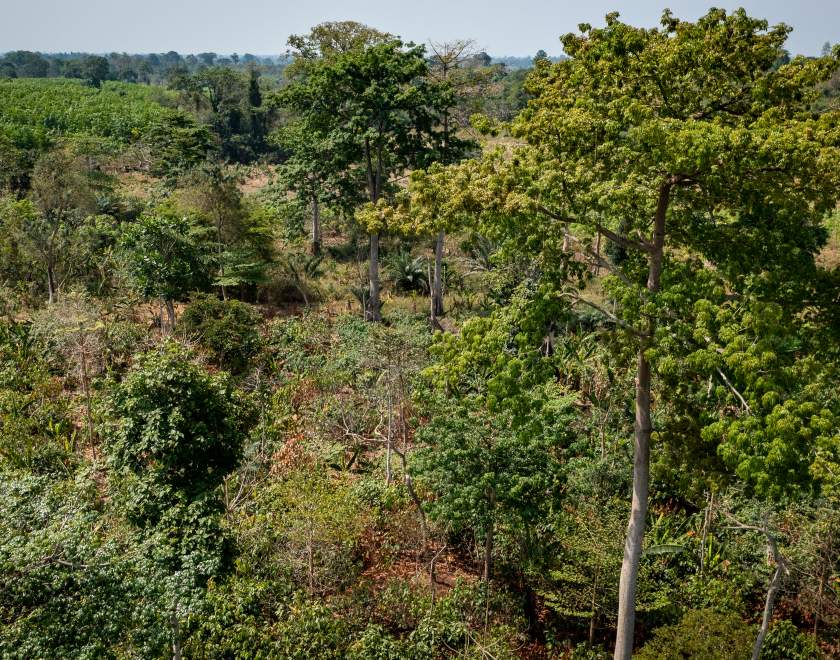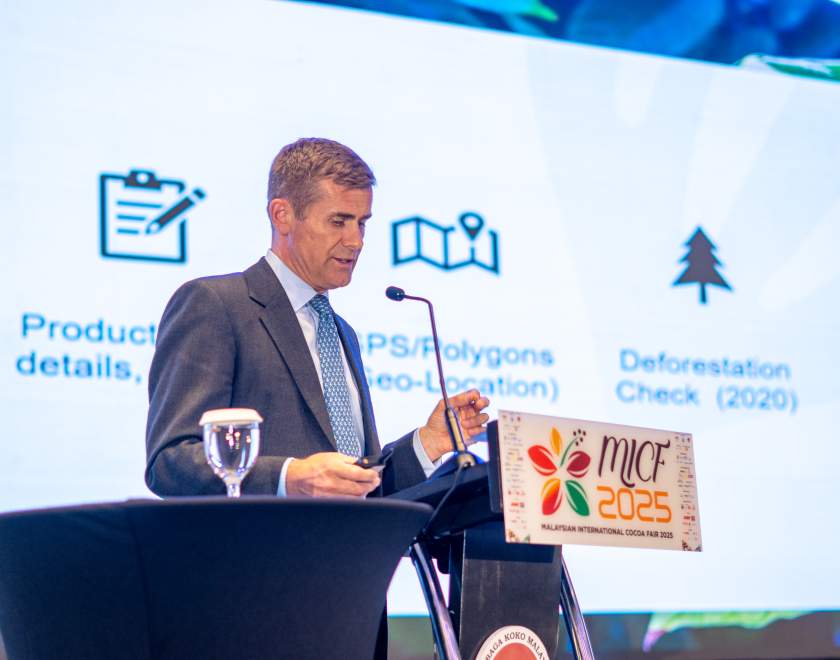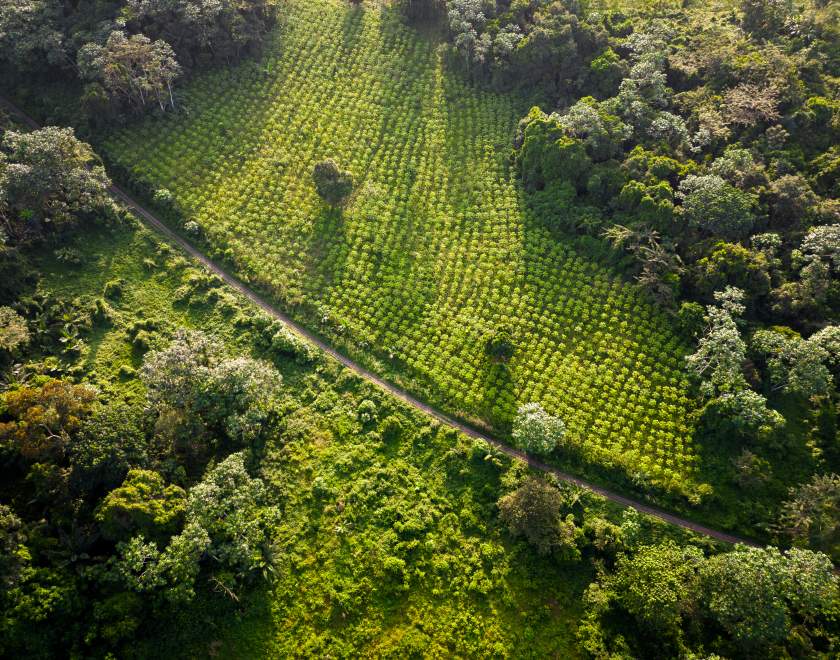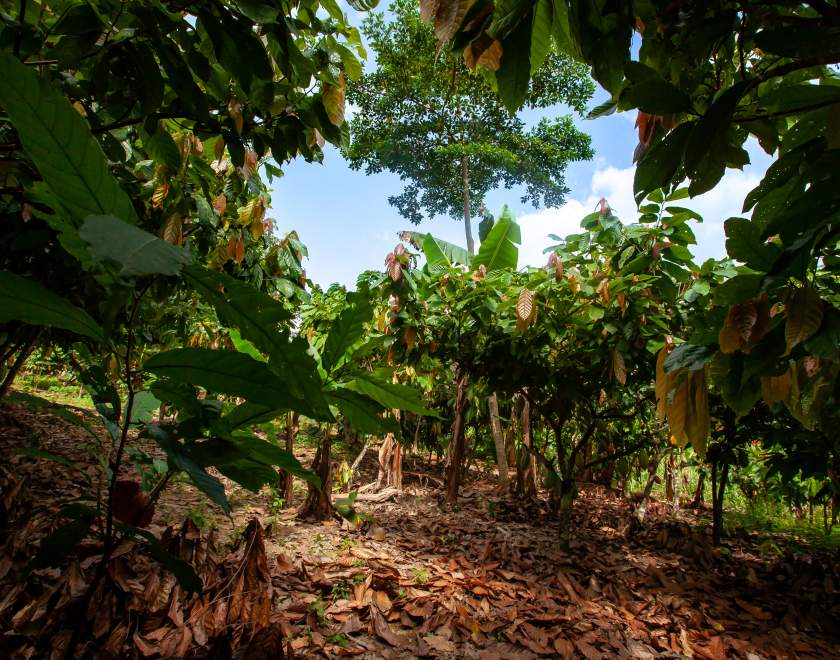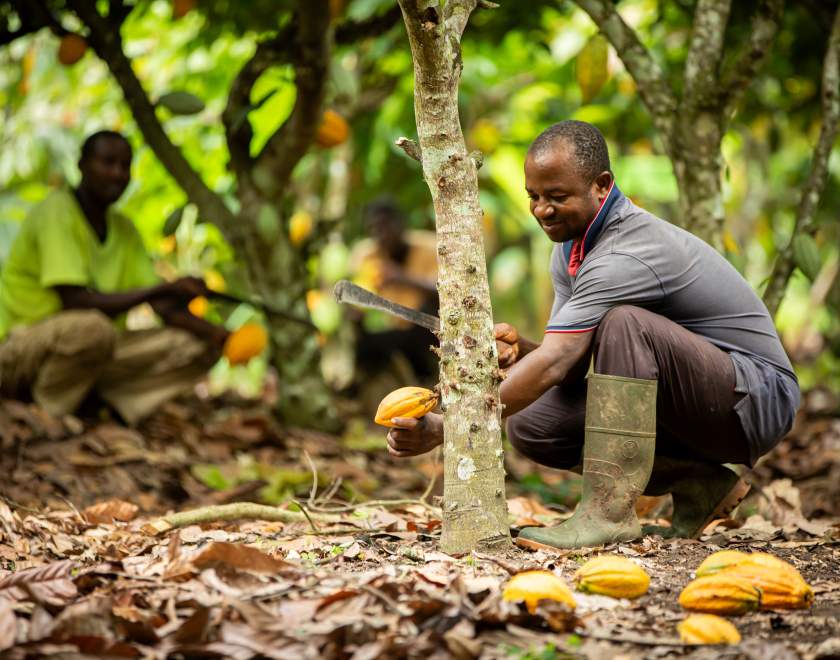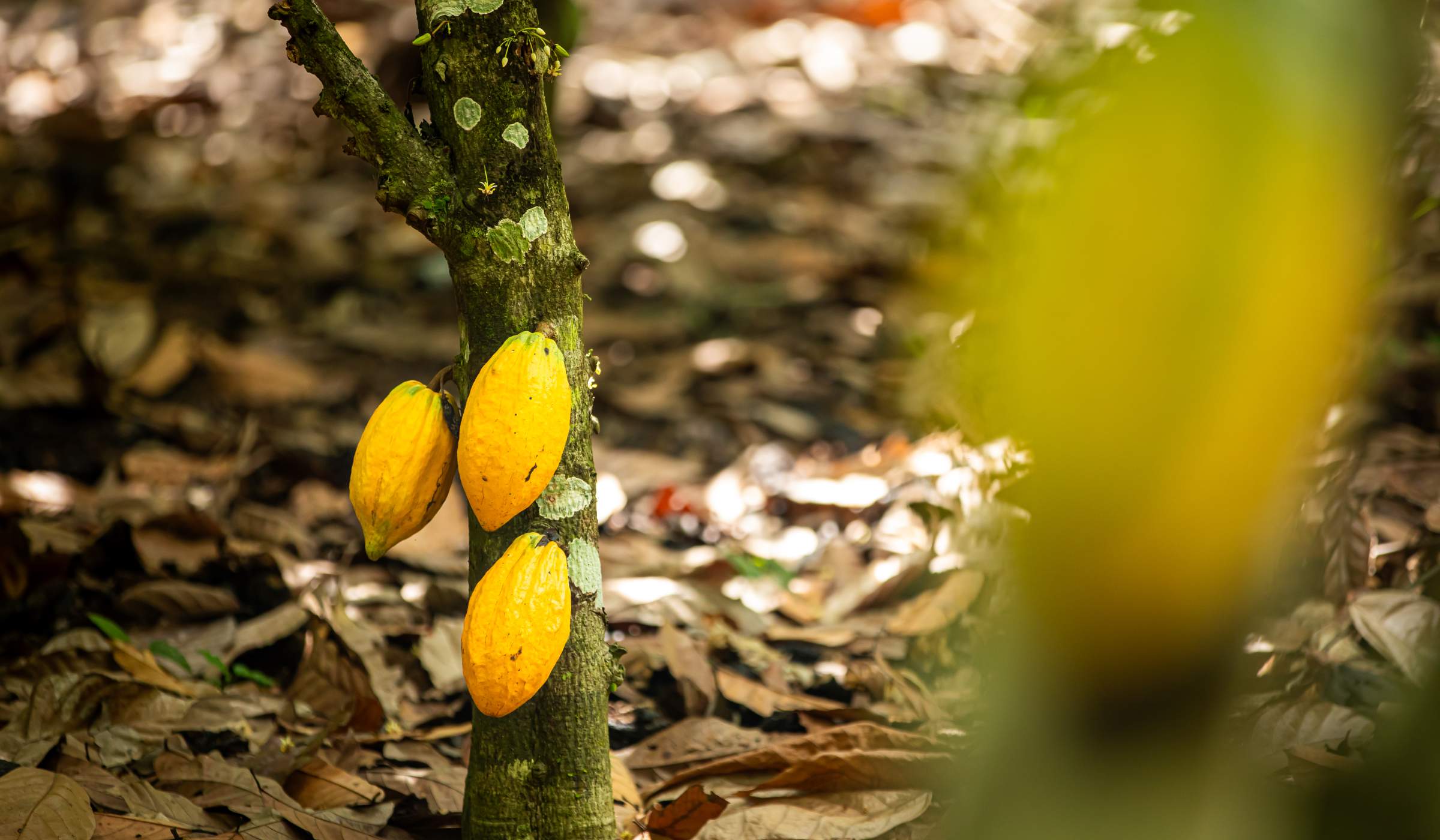
Guest blog from USAID’s ‘Health, Ecosystem and Agriculture for Resilient, Thriving Societies’ (HEARTH) portfolio.
This initiative works with private sector partners to implement sustainable development projects that conserve biodiversity and improve the livelihoods of communities reliant on these landscapes. Spanning 12 countries and leveraging over $85 million from private partners, HEARTH offers valuable insights for WCF members, particularly for large-scale cocoa PPPs like the Cocoa & Forests Initiative.
-------
Key learnings and best practices for Public-Private Partnerships (PPPs)
Recent studies have shown consumer sustainability demands are rising, and the cocoa industry is no exception. Fairtrade cocoa reported a 27 per cent increase in sales in the U.S., and the recently enacted European Union (EU) deforestation regulation requires companies to ensure commodities imported into the EU market are deforestation-free. As companies navigate changing consumer demands and new regulations, the public sector is here to help.
Public-private partnerships (PPPs) can enhance cocoa farm management, support compliance with new regulations from the EU and others, and improve equity within the supply chain by capitalising on the strengths of both public and private approaches to cocoa value chain development. This will ultimately benefit the sector as a whole. The public sector can offer value to conservation programming through additional investment that can be flexibly channelled to support critical elements of development programming, such as community-level engagement, linkages to other services, financing to scale innovative agricultural techniques (like cocoa agroforestry practices), shared risk, and an understanding of consumer demands and long-term sustainability. However, the rules of engagement for PPPs are not always clear, and there is little rigorous evidence on how to optimally develop and maintain partnerships to maximise benefits, particularly in the context of cross-sectoral or conservation-related programmes.
The U.S. Agency for International Development (USAID) engaged with multiple private sector partners in the cocoa industry under HEARTH, a portfolio of partnerships that take a “multisectoral” approach, enabling each PPP to focus on improved outcomes across multiple areas such as health, agriculture development, cocoa landscape governance, and conservation. USAID and private sector partners jointly funded and developed activities across 12 countries that conserve high-biodiversity landscapes and improve the well-being of local communities while addressing common challenges related to sustainable cocoa production, among other commodities. To learn how to optimise PPP for both the public and private sectors, USAID’s Private Sector Engagement Hub and the USAID Integrated Natural Resource Management (INRM) project are conducting a three-phased research study analysing partnership formation, implementation, and outcomes. From this research, USAID and INRM developed best practices for constructing optimal PPPs, drawing from four cocoa-based case studies and six non-cocoa-based case studies, all from the HEARTH portfolio (See Table 1 for two case study examples).
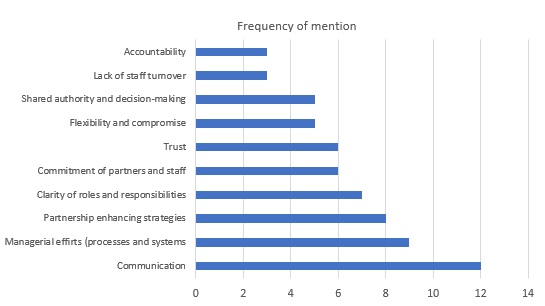
Figure 1: Success factors most often mentioned by respondents.
HEARTH’s research into private sector engagement revealed common challenges within partnerships, including a lack of regular communication between key staff, uneven managerial processes, unclear roles and responsibilities, and resistance to making compromises as project needs evolved (see Figure 1). Key informant interviews determined that to succeed, PPPs must align in five areas: interests, values and mission, programme expectations, operations, and communication and trust. To unlock the benefits of a PPP, partners should leverage three best practices:
Best Practice 1: Identify donor programmes and development sector partners with similar objectives and complementary values and missions. Each partner should:
- Define your short-term and long-term investment, social, and environmental objectives; find donor programmes and development sector missions in your operating location that overlap and collaborate.
- Be willing to make compromises while keeping your common mission in mind. The development sector must understand the private sector’s motivations and the private sector should understand the development sector’s social and environmental priorities. Like a good relationship, a good partnership requires frequent communication and cooperation that can yield results greater than the sum of its parts.
- Establish your unique selling point. Staff at private sector companies who viewed their partnering experience most positively describe working with development sector partners who contributed specialised experience in areas where companies may have less comparative advantage, such as grant management and results reporting, community relations, or environmental impact monitoring.
Best Practice 2: Conduct a brief, focused, and intentional set of pre-implementation co-creation workshops to develop relationships, establish mutual understanding, outline programme details and responsibilities, and continue co-creation throughout the project’s life cycle.
- Develop trust and shared responsibility. Use these workshops to understand partners’ needs and motivations, and refine common missions and values while clarifying programme details, management structures, and information exchanges.
- Establish and maintain good relationships. Partnerships with regular staff-to-staff communication reported being most willing and able to adjust work plans as project needs change. Past research into USAID’s private sector engagement identified factors such as trust and transparency as key markers of successful PPPs, which all begin and are strengthened through relationship management.
Best Practice 3: Design management structures with clear, inclusive decision-making processes and protocols for operations.
- Establish a clear management structure during the negotiation and co-creation phase of PPPs. Focus on decision-making, operations, information sharing, and communication protocols. Tailor each partnership structure to the specific needs of project design and implementation with reporting and data-sharing agreements, memorandums of understanding for accountability, and monthly (or at least quarterly) steering committee meetings to review progress and discuss any needed changes.
- Ensure shared authority and decision-making, enhanced by partner willingness to compromise on work plans that reflect implementation needs.
- Revisit management structures periodically to adapt to implementation needs.
Table 1. HEARTH PPP Case Studies
